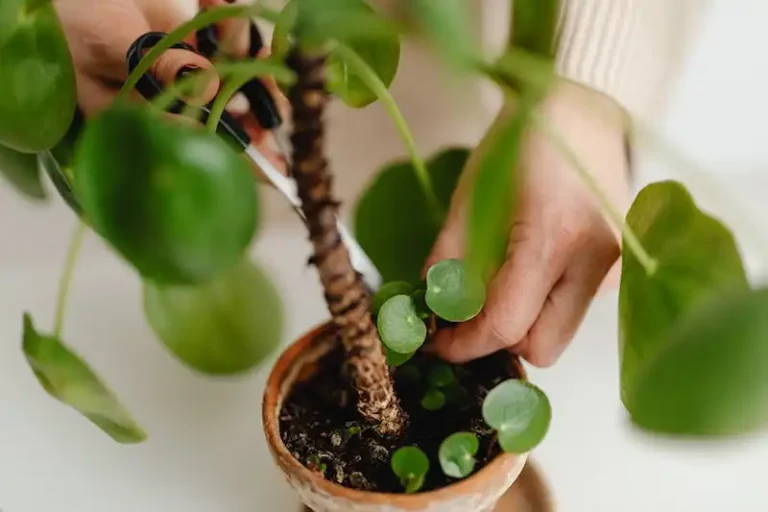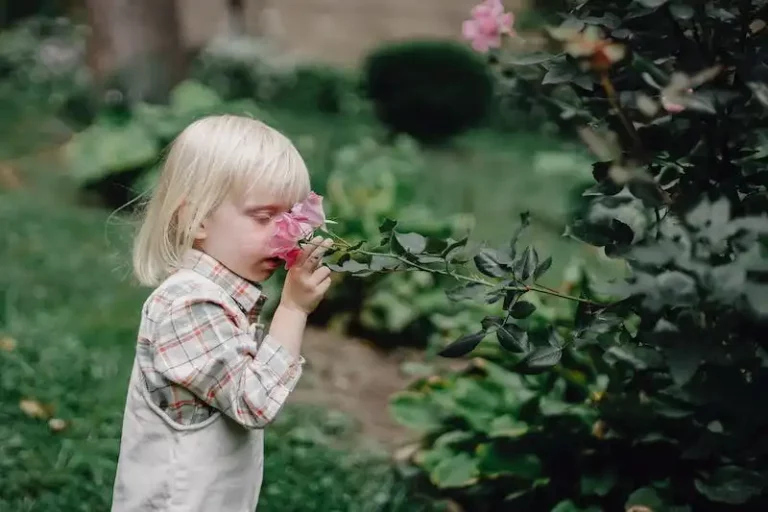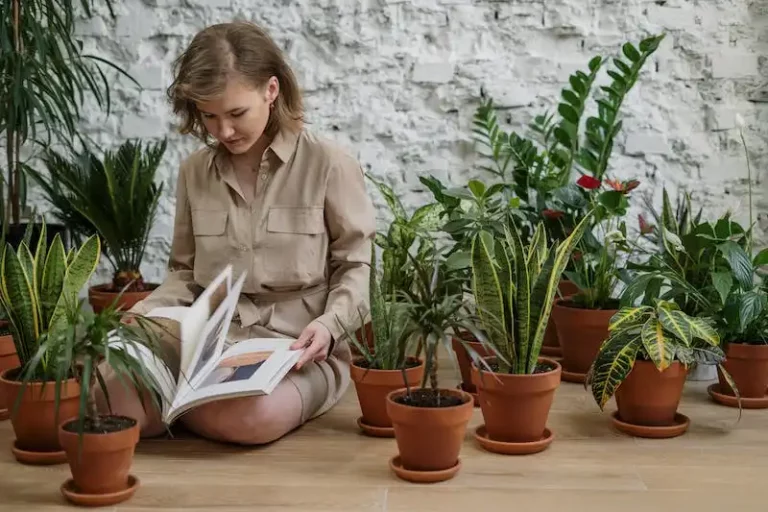Brussels sprouts, a type of cabbage that grows small, compact heads of tiny, leafy buds along a central stalk, are a popular vegetable for winter gardens. They are often grown in home gardens because they are relatively easy to cultivate and provide a bountiful harvest of nutritious, flavorful sprouts.
Brussels sprouts are cool-weather crops that thrive in temperatures between 45 and 75 degrees Fahrenheit. They can be seeded directly in the garden or started inside and transplanted outside once they are a few inches tall. They require well-drained, fertile soil that is rich in organic matter. Brussels sprouts can tolerate light frosts and even some winter snow, which actually improves their flavor and sweetness. However, heavy frosts can damage the plants and reduce productivity.
When planting Brussels sprouts, it is important to choose the right varieties for your region and the season. Some varieties are better suited for cooler climates, while others can withstand higher temperatures. It is recommended to read the seed packet or ask for guidance from a local garden center to select the best varieties for your specific area. Brussels sprouts are typically planted in early spring or late summer for a fall harvest, although this may vary depending on your growing zone.
Growing Guide to Brussels Sprouts Plant Care Varieties and Tips
In home gardens, Brussels sprouts are a popular vegetable that can be grown during the winter season. Not only do they taste delicious, but they also add a unique flavor to any dish you prepare. When it comes to growing Brussels sprouts, proper care and attention are required. Here is a guide to help you successfully grow and care for your Brussels sprouts plants:
Varieties
Brussels sprouts come in different varieties, each with its own unique taste and size. Some popular varieties include ‘Jade Cross,’ ‘Long Island Improved,’ and ‘Catskill.’ Choose the variety that suits your taste and growing conditions.
Planting and Transplanting
Brussels sprouts should be planted in deep, well-drained soil with a pH level between 6.5 and 7.5. Start by sowing the seeds indoors about 6-8 weeks before the frost date. When the seedlings have grown true leaves, they can be transplanted into your garden. Give each plant a spacing of 18-24 inches between them.
Growing Season and Care
Brussels sprouts require a long growing season, typically around 90-100 days from transplanting to harvest. They prefer cool temperatures and can withstand light frosts. Regularly water your plants, ensuring they receive at least 1 inch of water per week. Avoid overwatering to prevent diseases and rot.
Keep the soil around your plants weed-free and mulch with organic matter to conserve moisture and suppress weed growth. Brussels sprouts grow tall, so you may need to stake them for support in heavy wind or rain.
Pests and Diseases
Brussels sprouts can be affected by various pests and diseases, such as aphids, cabbage worms, and alternaria leaf spot. Monitor your plants regularly and take necessary measures to control these pests. Crop rotation and planting disease-resistant varieties can also help prevent common diseases.
Harvesting and Storing
Brussels sprouts are ready to harvest when the tiny heads are firm, about 1-2 inches in diameter, and have a bright green color. Start harvesting from the bottom of the plant, cutting the sprouts with a sharp knife. Leave the top leaves intact to allow further growth and development of the upper sprouts.
To preserve the flavor and quality of your harvested Brussels sprouts, store them in a cool (32-40°F), humid environment. You can store them in a perforated plastic bag in the fridge for up to a week.
By following this guide, you can enjoy growing your own Brussels sprouts in your home gardens. Experiment with different varieties and discover the true flavors of this delicious vegetable!
Sources:
- https://www.gardeningknowhow.com/edible/vegetables/brussels-sprouts/growing-brussels-sprouts.htm
- https://www.almanac.com/plant/brussels-sprouts
- https://www.gardeners.com/how-to/growing-brussels-sprouts/9038.html
- https://www.gettygardens.co.uk/planning/plantcare/brussels-sprouts
How to Plant Brussels Sprouts
Brussels sprouts can be a delicious and nutritious addition to home gardens. Here are some tips on how to plant this versatile vegetable:
- Soil Selection: Brussels sprouts prefer well-drained and fertile soil. Before planting, ensure the soil is deep, loose, and rich in organic matter. A pH level between 6.0 and 7.5 is ideal for optimal growth.
- Planting Time: Brussels sprouts can be planted fairly early in the spring or in late summer for a fall harvest. It is important to avoid extreme temperatures and freezing conditions when planting.
- Variety Selection: Choose a variety of Brussels sprouts that suits your gardening needs. Some popular options include ‘Long Island Improved’, ‘Jade Cross’, and ‘Catskill’.
- Spacing: Brussels sprouts need room to grow, so make sure to leave about 24-36 inches of space between each plant. This allows for proper air circulation and prevents the spread of diseases.
- Planting: Plant the Brussels sprouts seedlings at the same depth they were growing in the containers. Firm the soil around the base of each plant and water thoroughly.
- Irrigation: Brussels sprouts require consistent moisture, so water them regularly to keep the soil evenly moist. Avoid overhead irrigation to prevent the development of diseases like alternaria.
- Fertilization: Brussels sprouts are heavy feeders. Prior to planting, work compost or well-aged manure into the soil to provide essential nutrients. Additional fertilization may be needed throughout the growing season.
- Mulches and Covers: Mulching around the base of the plants can help preserve moisture and suppress weed growth. Floating row covers can also be used to protect the plants from insects and extend the growing season.
- Disease and Pest Control: Keep an eye out for common brassica pests like aphids, cabbage loopers, and cabbage worms. Regularly inspect your plants and take necessary actions to control any infestations.
- Harvesting: Brussels sprouts are ready for harvest when the sprouts reach a firm size of 1-1.5 inches in diameter and have a vibrant green coloration. Start harvesting from the bottom of the plant, cutting off the sprouts in an upward motion.
- Storing: Brussels sprouts can be stored in the refrigerator for up to two weeks. If you want to preserve them for a longer period, blanch and freeze them.
By following these planting tips, you can enjoy a bountiful harvest of Brussels sprouts right from your own garden. If you have further questions or need more information, ask your local extension office or gardening advisor for guidance.
Growing From Seed
To begin growing Brussels sprouts from seeds, plan to start them early indoors about 6 to 8 weeks before the last expected frost date. Brussels sprouts need a long growing season, so starting them from seeds along with other cool-season crops is recommended.
You can begin by sowing the seeds in a well-draining seed-starting mix in trays or small pots. It’s important to plant the seeds ¼ to ½ inch deep and 2 to 4 inches apart. Keep the soil consistently moist and provide adequate sunlight or artificial light to promote germination, usually within 7 to 10 days.
Brussels sprouts are a variety of Brassica oleracea, which also includes cabbage and other leafy greens. They have specific nutritional needs, so make sure to use a starter fertilizer to provide the necessary nutrition for healthy seedling growth.
As the seedlings continue to grow, it is essential to maintain the appropriate spacing. Each plant needs about 24 to 36 inches of space between them in the garden, so they have enough room to develop fully.
If you live in a region with a short growing season, you may want to consider using row covers to protect the plants and extend the growing season. Row covers can also help prevent problems such as Alternaria leaf spot and other fungal diseases.
When planting Brussels sprouts in the garden, choose a location that receives full sunlight for at least 6 hours a day. The soil should be fertile and well-drained. Heavy clay or sandy soil can be amended with compost or other organic matter to improve its structure and fertility.
Brussels sprouts are known for their tall stalks, so stake them or provide support if needed to prevent them from toppling over. Keep the plants well-watered, especially during dry periods, to ensure proper growth and productivity.
To prevent weed growth around your Brussels sprouts, it is recommended to mulch the soil with straw or other organic materials. This will also help conserve moisture and regulate soil temperature.
One common issue gardeners frequently ask about is the slow or stunted growth of Brussels sprouts. This may be due to a nutrient deficiency, such as a lack of nitrogen or other essential minerals. Conducting a soil test can help determine what nutrients may be lacking and adjust accordingly.
Furthermore, Brussels sprouts can have issues with coloration, such as pale or yellow leaves. This can be caused by various factors, including insufficient sunlight or soil pH imbalance. Ensuring the plants receive adequate sunlight and maintaining the soil pH within the recommended range can help address this problem.
Overall, growing Brussels sprouts from seeds requires some care and attention, but with the right techniques, you can enjoy a bountiful harvest of these tasty cool-season vegetables in your home garden.
If you have any further questions about growing Brussels sprouts from seeds or other gardening tips, be sure to consult reputable sources such as your local extension office or gardening experts.



